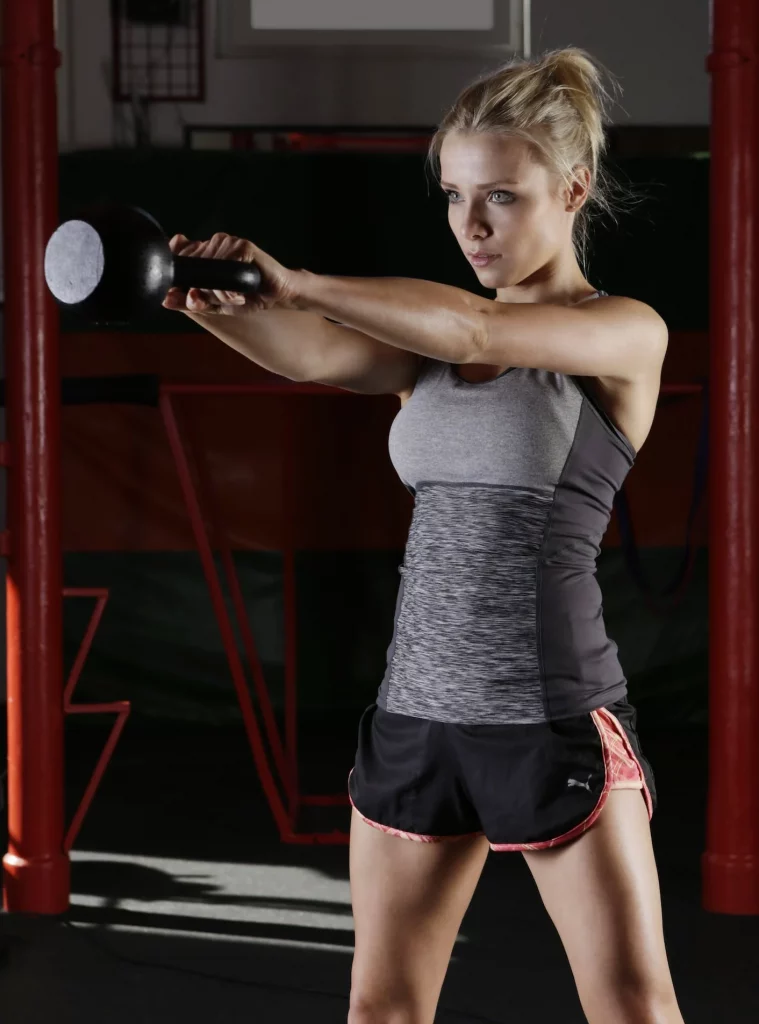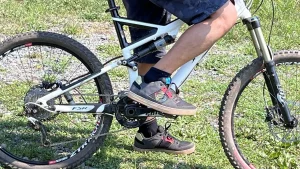Ballistic Vs. Plyometric Exercises and their Benefits

Table of Contents
What are Ballistic Exercises?
Ballistic exercises are dynamic, explosive movements that involve rapid acceleration and maximal effort, often with the aim of exerting maximum force in a short period. These exercises involve multiple joints and muscle groups working together to generate power, speed, and strength. The primary objective of ballistic exercises is to enhance power and explosiveness by utilizing the body’s natural stretch-shortening cycle (SSC). This cycle involves the pre-stretching of muscles (eccentric phase), followed by a rapid transition to the shortening of muscles (concentric phase) to generate force.
- Box Jumps: Jumping onto a box or platform with maximal force.
- Squat jumps: jumping up while in a squat position, and then coming down to a squat to the end of the jump.
- Plyometric Push-Ups: Pushing off the ground with enough force to lift the hands off the ground at the top of the movement.
- Burpees: Performing a combination of a squat, plank, and jump in quick succession.
- Kettlebell Swings: This exercise involves a rapid, explosive movement to swing the kettlebell from between the legs to overhead.
- Olympic Weightlifting: Exercises like the snatch and clean and jerk are complex movements that require maximal power and speed to lift the weights overhead.
- Medicine Ball Training: Ballistic exercises like medicine ball slams, throws, and tosses help develop explosive power and core strength.
- Sprinting: Sprinting requires rapid, explosive movements to generate speed and power, making it a ballistic activity.

Incorporating ballistic exercises into a well-rounded fitness routine can improve athletic performance, increase power and explosiveness, enhance coordination, and contribute to overall functional fitness. However, proper form and technique are crucial to minimize the risk of injury and maximize the benefits of these exercises. It’s important to start with lighter weights or lower-intensity variations and gradually progress as strength and proficiency increase.
What are Plyometric Exercises?
Plyometric exercises, also known as plyometrics or “jump training,” are a form of exercise that involves explosive movements designed to increase power, speed, and strength. These exercises typically involve rapid stretching and contracting of muscles (known as the stretch-shortening cycle) to generate maximum force in a short amount of time. The stretch-shortening cycle is a process where muscles are rapidly stretched (eccentric phase) and then quickly contracted (concentric phase) to generate maximum force.
Plyometric exercises take advantage of this process by using movements such as jumping, bounding, and hopping to enhance muscle power and explosiveness. More importantly, plyometric exercises use body weight for resistance.
Nature of Movement: Plyometric exercises focus on rapid muscle contractions and explosive movements using primarily body weight. These exercises typically involve jumping, hopping, or bounding movements that exploit the stretch-shortening cycle of muscles to generate maximum force in a short amount of time. Examples include jump squats, box jumps, and plyometric push-ups.
Equipment: Plyometric exercises typically require minimal equipment and primarily utilize body weight for resistance. While certain plyometric exercises may involve equipment such as boxes or platforms for jumping, the emphasis is on explosive bodyweight movements.
Impact: Plyometric exercises also involve impact, but the focus is more on the rapid stretching and contracting of muscles rather than external resistance. Plyometrics typically involve lower impact compared to ballistic exercises, making them generally safer for individuals with joint issues or concerns about impact.
Application: Plyometric exercises are also popular among athletes and fitness enthusiasts looking to enhance explosiveness and agility. They are commonly incorporated into training programs for sports like basketball, volleyball, and track and field, as well as general fitness routines to improve athleticism and dynamic movement capabilities.
Common plyometric exercises include:
1. Jump Squats: Squatting down and then explosively jumping up, often reaching for maximum height.
2. Box Jumps: Jumping onto a box or platform and then immediately jumping back down.
3. Depth Jumps: Stepping off a box or platform and immediately exploding upward upon landing.
4. Bounding: Performing long, exaggerated strides with powerful pushes off the ground.
5. Clap Push-Ups: Performing a push-up with enough force to propel the body off the ground, allowing the hands to clap before landing.
6. Medicine Ball Throws: Throwing a medicine ball with maximal force against a wall or to a partner.
7. Tuck Jumps: Jumping up and bringing the knees towards the chest before landing.
8. Lateral Jumps: Jumping sideways over a line or obstacle.

Plyometric exercises can be highly beneficial for athletes looking to improve performance, power, and speed. However, they are also suitable for non-athletes who want to challenge themselves and improve their overall fitness levels. As with any exercise program, it’s essential to start with a proper warm-up, practice good form, and progress gradually to minimize the risk of injury. Beginners should start with lower-intensity variations and gradually increase the intensity as they become more proficient.
Which Style of Exercise is Best for Me?
Can you Combine Both Forms in One Workout?
Yes, absolutely! Combining both ballistic and plyometric exercises in one workout can create a well-rounded and challenging routine that targets various muscle groups and improves both explosive power and speed. Here’s how you can structure a workout that incorporates both styles of exercises:
- Warm-Up: Begin with a dynamic warm-up to prepare your muscles and joints for the workout. Include movements such as arm circles, leg swings, high knees, and dynamic stretches to increase blood flow and flexibility.
- Ballistic Exercises: Start with ballistic exercises that involve moving external objects, such as kettlebells, medicine balls, or resistance bands, through space with explosive force. Examples include kettlebell swings, medicine ball slams, and explosive jumps with weighted objects.
- Plyometric Exercises: Transition to plyometric exercises that focus on rapid muscle contractions and explosive movements using primarily body weight. Incorporate exercises like jump squats, box jumps, plyometric push-ups, and lateral bounds to further enhance power and agility.
- Strength Training (Optional): If your goal is to build strength in addition to power and speed, you can include a segment of traditional strength training exercises between the ballistic and plyometric sections. This could include exercises like squats, lunges, deadlifts, and bench presses.
- Cooldown and Stretching: Conclude the workout with a cooldown period to gradually lower your heart rate and stretch the muscles used during the workout. Perform static stretches for major muscle groups to improve flexibility and aid in recovery.
- Rest and Recovery: Allow adequate time for rest and recovery between sets and exercises to prevent fatigue and maintain proper form. Listen to your body and adjust the intensity as needed to avoid overexertion and reduce the risk of injury.
Here’s an example of a workout that incorporates both Ballistic and Plyometric exercises:
- Dynamic stretching (5-10 minutes)
- Light cardio (5-10 minutes)
- Box Jumps (Plyometric) – 3 sets of 8-12 reps
- Kettlebell Swings (Ballistic) – 3 sets of 8-12 reps
- Plyo Push-ups (Plyometric) – 3 sets of 8-12 reps
- Medicine Ball Slams (Ballistic) – 3 sets of 8-12 reps
- Lateral Skater Jumps (Plyometric) – 3 sets of 8-12 reps (each leg)
- Olympic weightlifting – Clean and Jerk (Ballistic) – 3 sets of 8-12 reps
- Static stretching (5-10 minutes)
- Light cardio (5-10 minutes)
By combining ballistic and plyometric exercises in one workout, you can maximize the benefits of both styles of training and challenge your muscles in different ways. Just remember to prioritize proper form, safety, and gradual progression to achieve optimal results while minimizing the risk of injury.
Remember to listen to your body and adjust the intensity, repetitions, or sets according to your fitness level. Always prioritize proper form and technique to minimize the risk of injury. Incorporating both Ballistic and Plyometric exercises in your workout can be a challenging yet rewarding way to enhance your power, speed, and overall fitness.
Endless Options for a Stronger YOU!
I hope you found this informative. Check out my other posts such as the difference between powerlifting and weightlifting and strength training vs functional strength training. We also recorded a related podcast on injuries and prevention.




